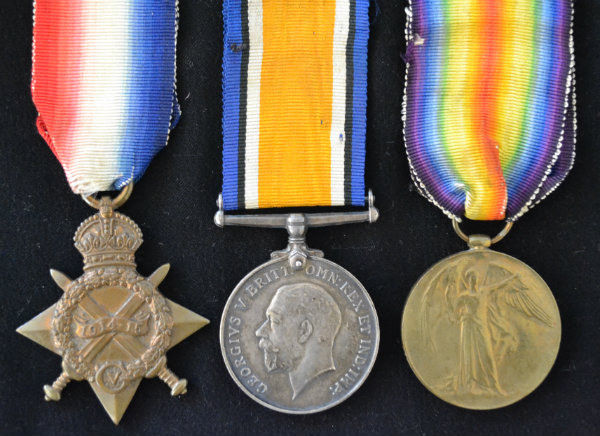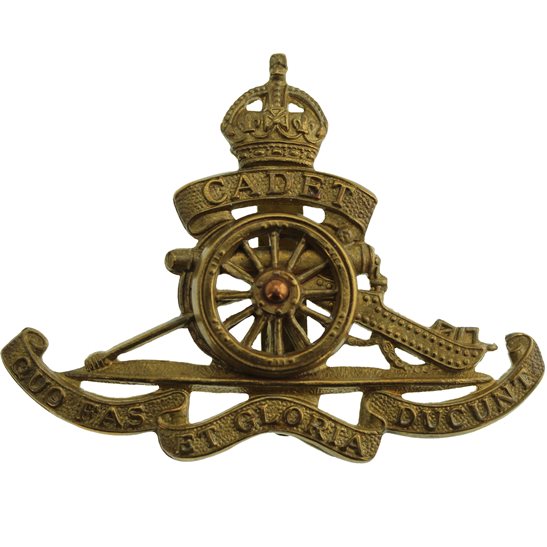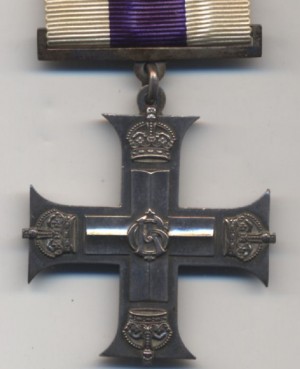Personal Details
Born: 7 August 1886 in Whitchurch, Shropshire and was baptised on 1 September that year in St. Alkmund’s Parish Church, Whitchurch.
Family: He was the youngest of six children born to John Shone, a chemist and grocer, and his wife Mary. His father died in 1889 and his mother married George Galloway in 1894. George married Eva Roller in 1915 in Maidenhead, Berkshire. By 1925 they had divorced. No children can be traced for the marriage.
Residence: From the time of his baptism until at least 1891 he lived with his family at 27 High Street, Whitchurch. He was living in Canada from 1903 to 1914 and 1923 to 1924. In the 1923 and 1925 electoral registers his address at which he was registered to vote was 67,68 Jermyn Street, London SW1 (his abode was shown as 3 Pall Mall Place, London SW1). He died in Florida, USA.
Employment: He was a mining engineer.
Died: 23 March 1929 in Miami, Florida, USA, aged 42.
Military Details
Regiment: Royal Field Artillery
Rank: Major
Service Number:
Date of Enlistment: Not known
Date of Discharge: Not known
Reason for Discharge: Not known
Other Information: His brother Leighton Edward Shone also served in WW1.
Gordon was awarded the Military Cross and Campaign Medals (1915 Star, British War medal and Victory medal)
The Military Cross is the third-level military decoration awarded to officers and (since 1993) other ranks of the British Armed Forces, and used to be awarded to officers of other Commonwealth countries.
The Military Cross is granted in recognition of "an act or acts of exemplary gallantry during active operations against the enemy on land to all members, of any rank in Our Armed Forces". In 1979, the Queen approved a proposal that a number of awards, including the Military Cross, could be awarded posthumously.
Click on the tag below to see details of each recipient.

The 1914 Star (also known as 'Pip') was authorised under Special Army Order no. 350 in November 1917 and by an Admiralty Fleet Order in 1918, for award to officers and men of the British and Indian Expeditionary Forces who served in France or Belgium between 5 August and midnight of 22–23 November 1914. The former date is the day after Britain's declaration of war against the Central Powers, and the closing date marks the end of the First Battle of Ypres.
The 1914–15 Star (also known as 'Pip') was instituted in December 1918 and was awarded to officers and men of British and Imperial forces who served against the Central European Powers in any theatre of the Great War between 5 August 1914 and 31 December 1915. The period of eligibility was prior to the introduction of the Military Service Act 1916, which instituted conscription in Britain.
The British War Medal (also known as 'Squeak') was a silver or bronze medal awarded to officers and men of the British and Imperial Forces who either entered a theatre of war or entered service overseas between 5th August 1914 and 11th November 1918 inclusive. This was later extended to services in Russia, Siberia and some other areas in 1919 and 1920. Approximately 6.5 million British War Medals were issued. Approximately 6.4 million of these were the silver versions of this medal. Around 110,000 of a bronze version were issued mainly to Chinese, Maltese and Indian Labour Corps. The front (obv or obverse) of the medal depicts the head of George V. The recipient's service number, rank, name and unit was impressed on the rim.
The Allied Victory Medal (also known as 'Wilfred') was issued by each of the allies. It was decided that each of the allies should each issue their own bronze victory medal with a similar design, similar equivalent wording and identical ribbon. The British medal was designed by W. McMillan. The front depicts a winged classical figure representing victory. Approximately 5.7 million victory medals were issued. Interestingly, eligibility for this medal was more restrictive and not everyone who received the British War Medal ('Squeak') also received the Victory Medal ('Wilfred'). However, in general, all recipients of 'Wilfred' also received 'Squeak' and all recipients of The 1914 Star or The 1914/1915 Star (also known as 'Pip') also received both 'Squeak' and 'Wilfred'. The recipient's service number, rank, name and unit was impressed on the rim.


